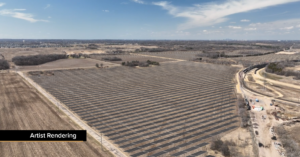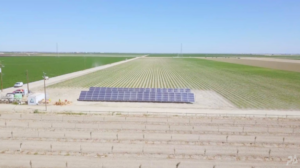Hello friends and supporters of Freeing Energy,
It’s been four years since I started the Freeing Energy Project. Over that time, the topic of clean energy has never come close to the level of attention it’s receiving now.
Massive power outages in Texas and Louisiana, nose-bleed volatility on natural gas prices, supply chain disruptions for solar and batteries (and everything else), and a drawn out political melee in Washington DC over, well everything, including climate.
And, as if perfectly on queue, the world’s leaders all gathered earlier this week in Glasgow, Scotland for the COP 26, the most consequential gathering on the climate crisis in history.
Here’s what we know so far:
- China decided to opt-out of COP26. As the world’s largest emitter of CO2, it has left other nations frustrated and concerned.
- Nearly 90 countries have agreed to try and cut methane emissions. Methane is the main chemical in natural gas and up to 80-times more effective at trapping atmospheric heat than CO2.
Over the next two to three weeks, COP26 and, hopefully, the US Congress, will have come to some consensus (or not) and the world will look a whole lot different when my next monthly newsletter comes out.
It’s not clear to me whether my book’s release in early December, at the tail end of all this global wrangling over clean energy, is fortuitously timed or a whisper in the wind.
The only thing I know for sure is that there are better, quicker, and more easily agreed-to paths forward for clean energy than most of these world leaders are aware. I hope some of them read my book.
Cheers,
Bill Nussey & the Freeing Energy team
P.S. Thank you to so many of you who chimed in on the book cover last month. Based on all of your feedback, it was an easy decision.
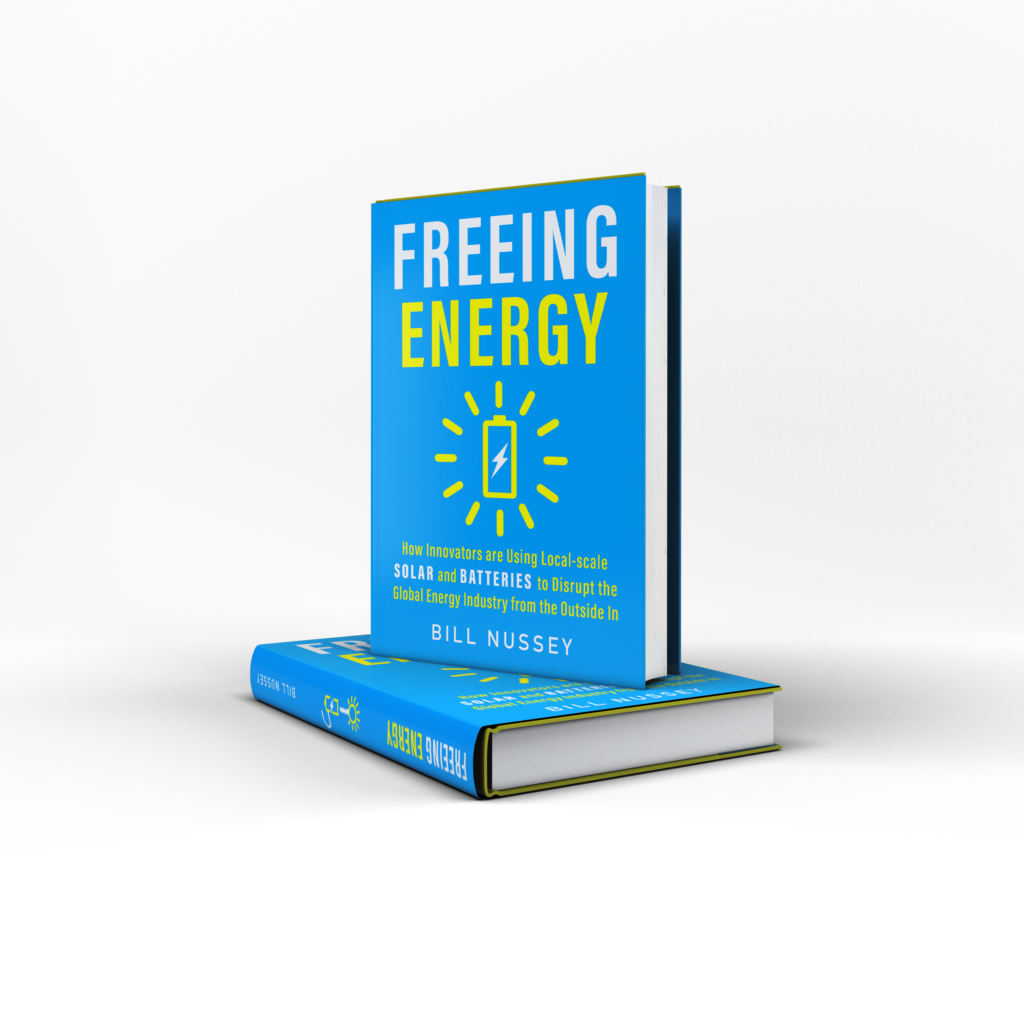
Clean Energy Headlines
Dragon scale solar tiles installed on Google buildings. Two of Google’s newest buildings in Silicon Valley are using a building integrated photovoltaic (BIPV) product called Dragonscale, manufactured by European solar panel company, SunStyle. Google has installed 90,000 individual solar panels (approximately 7 MW) on the two buildings. The panels are expected to produce around 40% of the electricity needed for the two buildings. (PV Magazine)

EU’s Biggest Pension Fund to Dump $17 Billion in Fossil Fuels. Europe’s largest pension fund, ABP, will divest $17 billion worth of fossil-fuel assets by early 2023. This announcement highlights a broader trend in the investment industry which is turning its back on oil, gas, and coal in favor of companies driving climate solutions, such as renewables. A report by BlackRock Inc. found that no investors have suffered significant negative performance from divestment, rather most have reported neutral to positive results. (Bloomberg)
Top home solar lender scores $800M investment. GoodLeap, the US’s top residential solar lender, has raised over $800 million to expand its market into energy efficiency, electric appliances, and other home sustainability investments, a market predicted to generate $430 billion per year. Home efficiency is a notoriously fragmented market with contractors, service providers, and equipment suppliers using a variety of financing models. GoodLeap’s new innovation streamlines this process with centralized software that assess cost-effective options for homeowners and combines multiple improvements into loan products sourced by various lenders. (Canary Media)
Biden administration announces goal of 5 million homes powered by community solar. The US Department of Energy has announced a community solar goal equivalent to powering 5 million homes by 2025. Their plan will provide low-income people with greater access to solar, lower energy costs to consumers, and create new jobs across the US. To meet this goal, the US will need to increase community solar generation by more than 700% by 2025. (The Hill)
Sunnova targets storm-prone regions for home energy storage venture. Local energy is going mainstream. Sunnova Energy has announced that it will sell solar and storage services through Home Depot stores in Florida, Virginia, Maryland, and Reno, Nevada. The company said it is targeting markets with a high demand for backup power. Virginia and Maryland are top 10 and top 20 hurricane markets, Florida is the highest-exposed hurricane market in the US, and storms in Reno frequently wreak havoc on the grid. (PV Magazine)
Chevron misses targets for Australian carbon capture facility. This summer, one of the world’s top carbon capture and sequestration (CCS) projects admitted to significantly lagging behind its goals raising doubts around the the efficacy of the technology. According to a recent study, over 80% of CCS projects in the US have ended in failure. Many experts believe CCS is an essential part of the world’s net zero future but these early struggles mean the industry still has a long way to go. (Canary Media)
Our latest podcasts
Podcast #069 – Wendy Philleo: How can a little sunshine in our schools speed the adoption of local energy?

Social Entrepreneur and non-profit leader, Wendy Philleo, Executive Director of Generation 180, joins host Bill Nussey as they explore how her organization is using innovative educational content to transform interest into solar action, community by community all across the US. (Listen Now)
Podcast #068 – Karl Rabago: Does adding local distributed energy defy conventional wisdom and save money for everyone?

A soldier, lawyer, teacher, judge, and 25 year veteran leader in the energy world as an appointed regulator, utility executive and leading clean energy thinker and advocate, our guest, Karl Rábago shares with host Bill Nussey powerful insights into a new roadmap for the lowest cost, reliable electric grid and why local solar costs less as a part of his solution. (Listen Now)
Subscribe to follow us on popular podcast platforms:
Recent Articles from the Freeing Energy Project
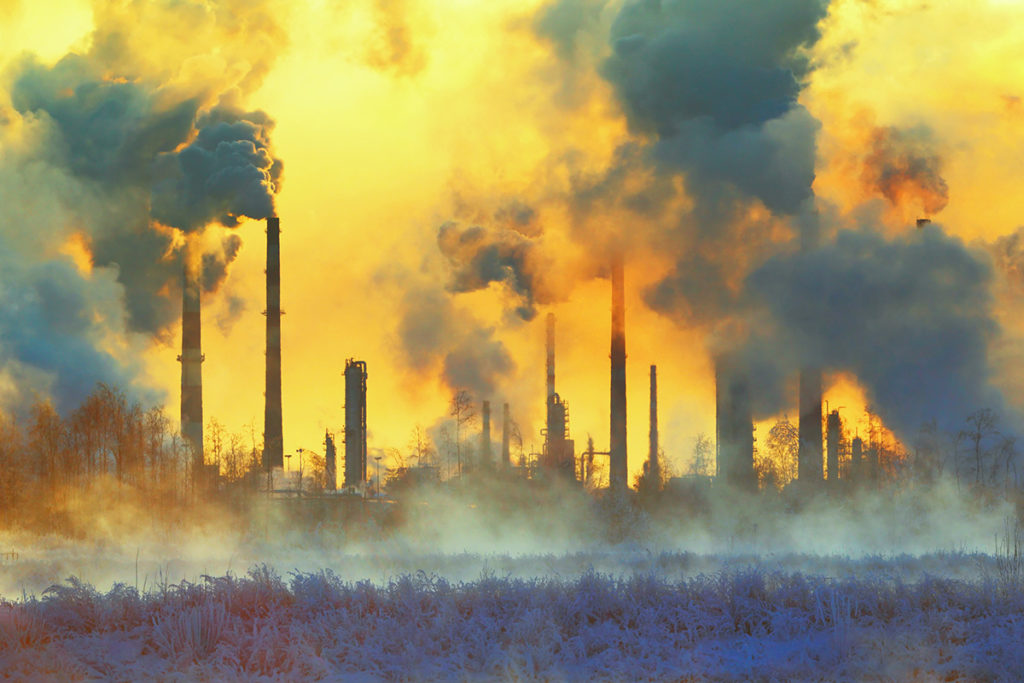
How much CO2 and other pollution comes from burning coal?
It’s hard to conceptualize a million tons of anything. This article explores how much CO2 and other types of pollution are released when a coal plant generates enough electricity to power a home for a month. (Read now)
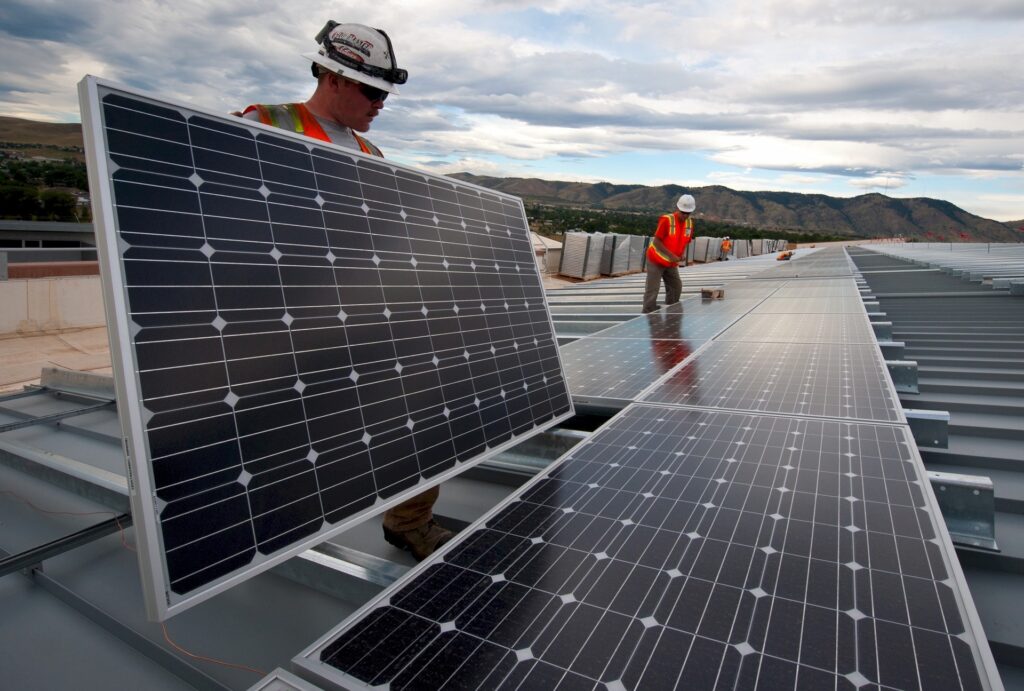
Rooftop solar can actually be cheaper than utility-scale solar farms
One of the most overused and misunderstood arguments among clean energy supporters is the notion that large utility-scale solar is cheaper to build than smaller, rooftop systems. The truth is that they compete in entirely different markets. (Read now)




